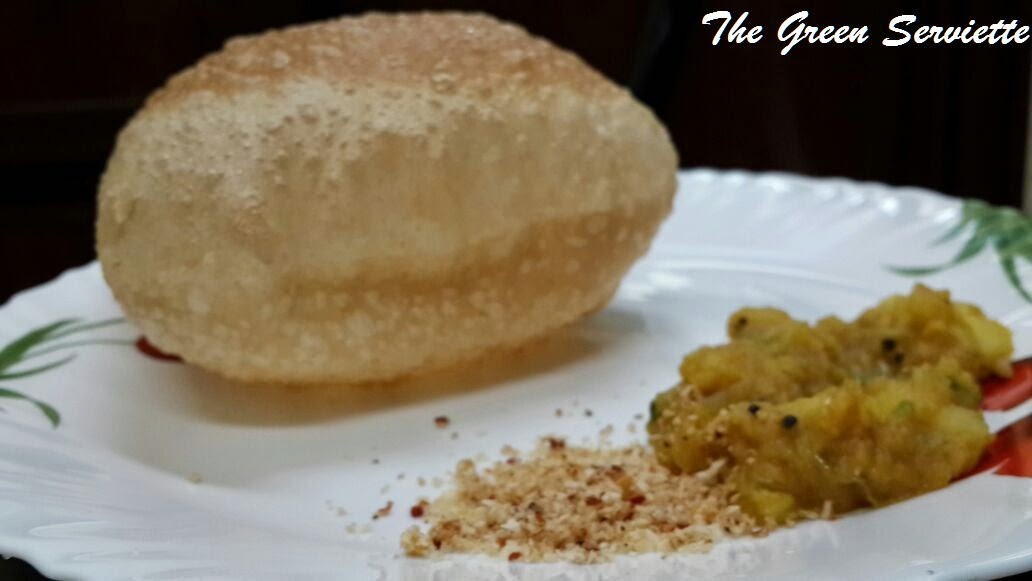I never had the guts to try any other type of cakes other than basic chocolate. And now that I did, I’m wondering why on earth did I not try this before. Must Must try for all dessert lovers. If you have never tried it before, then go for this; a totally different world of flavours awaits you.
Note:
I don’t use ginger powder for any
recipes, so I dint bother to buy. I needed ½ tsp ginger powder for this recipe,
so I did a bit of poking around and found out how to make ginger powder at
home. I sliced the fresh ginger root super thin, and popped into a preheated
oven for approximately 15 minutes till they had completely dried out. (Microwave
works fine too). Then they went into my grinder and brmm brmmm (Just used 3-4
slices). Along with this I also popped my cinnamon sticks into the oven and ground
them finely. If you have ready powders, good for you. And the nutmeg, just
grate it with a grater.
Here is what you’ll need:
1 cup all purpose flour (Maida)
1 ½ cup finely grated carrots
2 eggs
1 cup sugar (3/4 cup sugar if you
don’t like it sweet)
¼ cup melted butter
¼ cup oil
½ cup nuts (almonds/ walnuts/pecans)
½ tsp baking soda
1 tsp baking powder
½ tsp salt
½ tsp ginger powder
½ tsp cinnamon powder
¼ tsp nutmeg powder
1 tsp vanilla essence
Method:
- Preheat oven to 180°C
- Grease a 10 inch baking pan and dust it with flour.
- Wash, peel and grate the carrots finely.
- Chop the nuts roughly and roast it on low heat till light golden and aromatic. In 1 tbsp of all purpose flour toss the roasted nuts and keep it aside.
- In a separate bowl, sift the flour, baking powder, baking soda, salt, cinnamon powder, ginger powder and nutmeg powder. Keep it aside.
- In a large whipping bowl, beat the eggs till frothy for few minutes, and add the sugar. The egg sugar mixture should froth well and thicken.
- Add the oil, butter and vanilla extract and keep whisking.
- Slowly add the flour mixture into the whisking bowl and gently fold in till completely mixed. Do not over beat.
- Gently fold in the grated carrots and nuts.
- Pour the batter into the greased pan and pop it into the oven for 30 minutes or till the toothpick comes out clean.
- Let the cake completely cool before frosting.
For the cream cheese frosting:
Here is what you’ll need:
1 cup cream cheese
1 cup powdered sugar
½ tsp vanilla essence
2 cup whipped cream
Method:
- Whip up cream as per packet instructions and keep it aside.
- In a large bowl, whisk the cream cheese till softened and add the powdered sugar and vanilla essence.
- Gently fold in the whipped cream into the cream cheese mixture and your frosting is ready to go.
Frost your cake the way you want and Enjoy!
Recipe by Zohra Sada


















.jpg)





.jpg)











